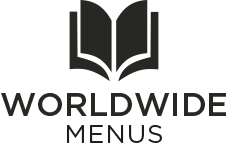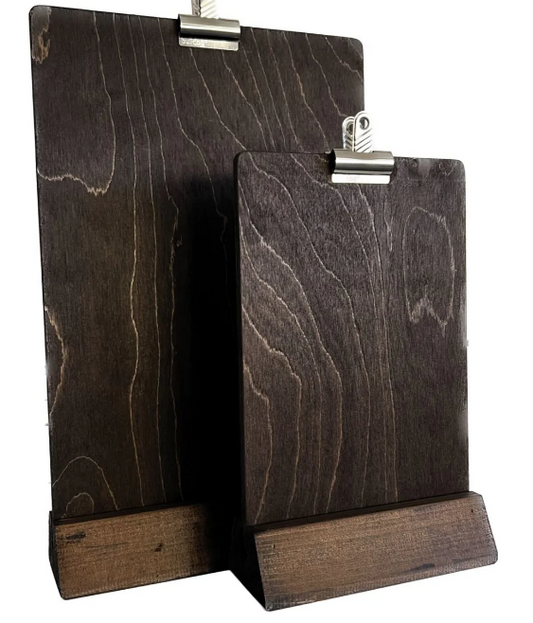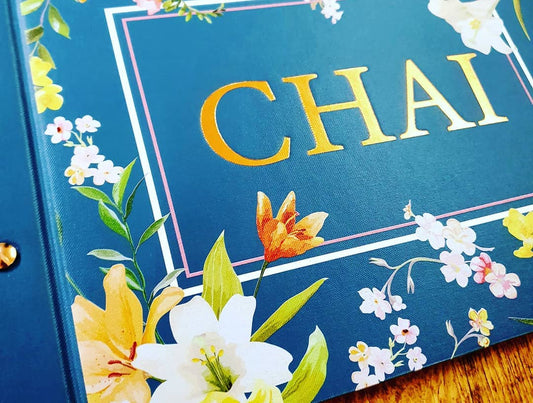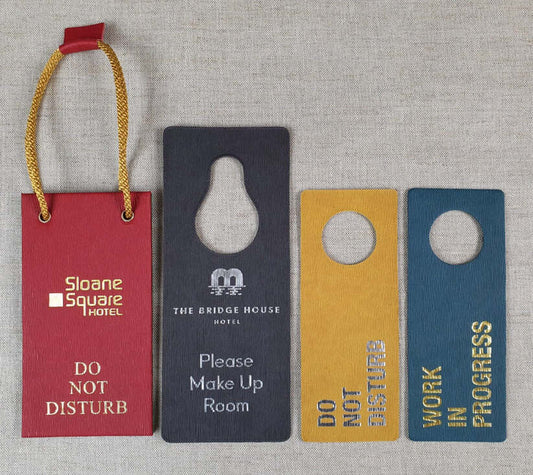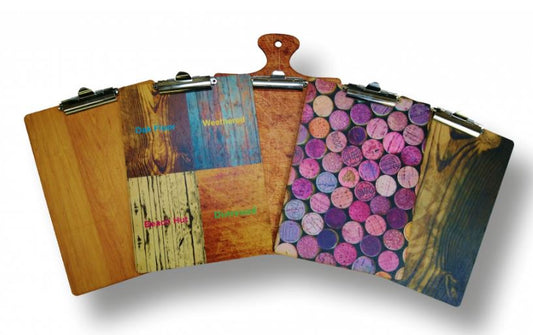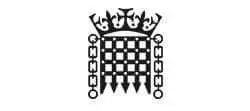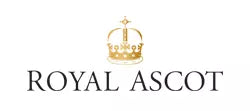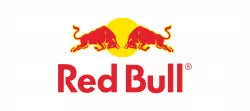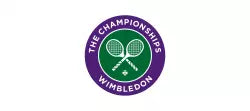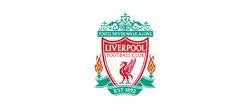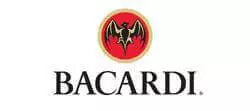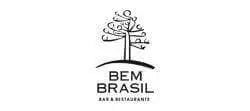Looking for the different types of menu in food and beverage?
Customers are the most important people in any restaurant because without them, there would be no business. Every day customers are bombarded with other dining options. Restaurants must fulfill the customers' hunger while standing out among other restaurants' food delivery services. The menu should be made for all different types of customers whether they are young or old, families or singles (also see our choice of menus).
TYPES OF MENU;
Types of Menu in Restaurants, Types of Menu in Coffee Shops, Types of Menu in Resorts, and other places.
1. Table D'hote
Coffee houses banquet buffet cyclical menu.
2. Carte Ala Carte
- Menu for breakfast
- lunch, and dinner menu
- scalifornia menu
- sethnic menu
- speciality room service menu for the lounge.
3. Additional Menu Types
- Wine menu
- desert menu
- beer menu
- liquor menu
- cocktail menu
- static menu du jour
DEFINITION OF MENU TYPES:
A menu (don't forget to check out our A5 menu covers) may be classified into two categories:
a'la carte and table d'hôte.
The distinction is that the former has a menu with individual prices for each item, whilst the latter has a set price for the entire meal.
TABLE:
The word 'table d'hôte' refers to the host's table. It is usually sold at a fixed price for a specific number of dishes. It possesses the properties listed below.
- There are a set number of courses on the menu.
- Each course has a restricted number of options.
- The menu's selling price is set in stone.
- The food will be ready at a specific time.
A'LA CARTE:
A'la carte refers to ordering food off a menu card.
The following are the characteristics of a real a'la carte menu:
- Within each course, there is a variety of meals to choose from.
- Each dish has its own price.
- It contains a comprehensive list of all foods that the restaurant is capable of preparing.
- Dishes are made and cooked according to your specifications.
- Guests are charged according to the order they place.
- For the preparation and serving of food, a certain amount of time must be provided.
JOURNEY CARTE:
The carte du jour, sometimes known as the menu of the day, is a supplement to the normal menu, whether a la carte or table d'hôte.
The following are its characteristics:
- It gives the usual client an alternative option.
- It serves a unique cuisine and serves as a market research tool for future menus.
- It includes and puts to the test a certain selling price range.
- It capitalises on seasonal availability.
JOURNEY'S PLATE
The term "plate du jour" refers to the dish of the day. It's also utilised as a supplement to the normal menu in operations.
Under plat du jour, only one exceptional meal is marketed, whereas carte du jour offers a selection of dishes.
For economic considerations, a smaller business could provide this sort of menu in conjunction with a'la carte or table d'hôte for a few weeks to take advantage of seasonal availability of any cuisine.
MENU CYCLING
These are commonly used in hospitals, educational institutions, and industrial activities for institutional and bulk catering.
A cyclic menu is one that is created for a specified time period. The normal cycle for most establishments is a week or a month, after which the entire menu is repeated.
Because cyclic menus are repeated, the menu structure and food selection must be meticulous.
What is a Cycle Menu?
A cycle menu is a menu (or a section of a menu) with selections that are repeated over a set period of time. Given its name, the cycle menu's meaning is quite self-explanatory. Consider a sandwich store that serves a specific sandwich every Monday.
I'll eat another sandwich on Tuesday. For the rest of the week, the list goes on and on. If they stick to those sandwiches on those days and repeat it week after week, it's a cyclic menu.
Cycle menus are often used for two reasons. One reason is because the kitchen is small and lacks the capacity to prepare cooked-to-order dishes from a bigger menu. The second compartment is for daily specials, such as a happy hour menu.
A bar or restaurant may have a static menu that serves as a foundation for its offers, but it may also have a cycle menu on top of it. That weekly cycle menu features the same selection of special deals on the same days.
